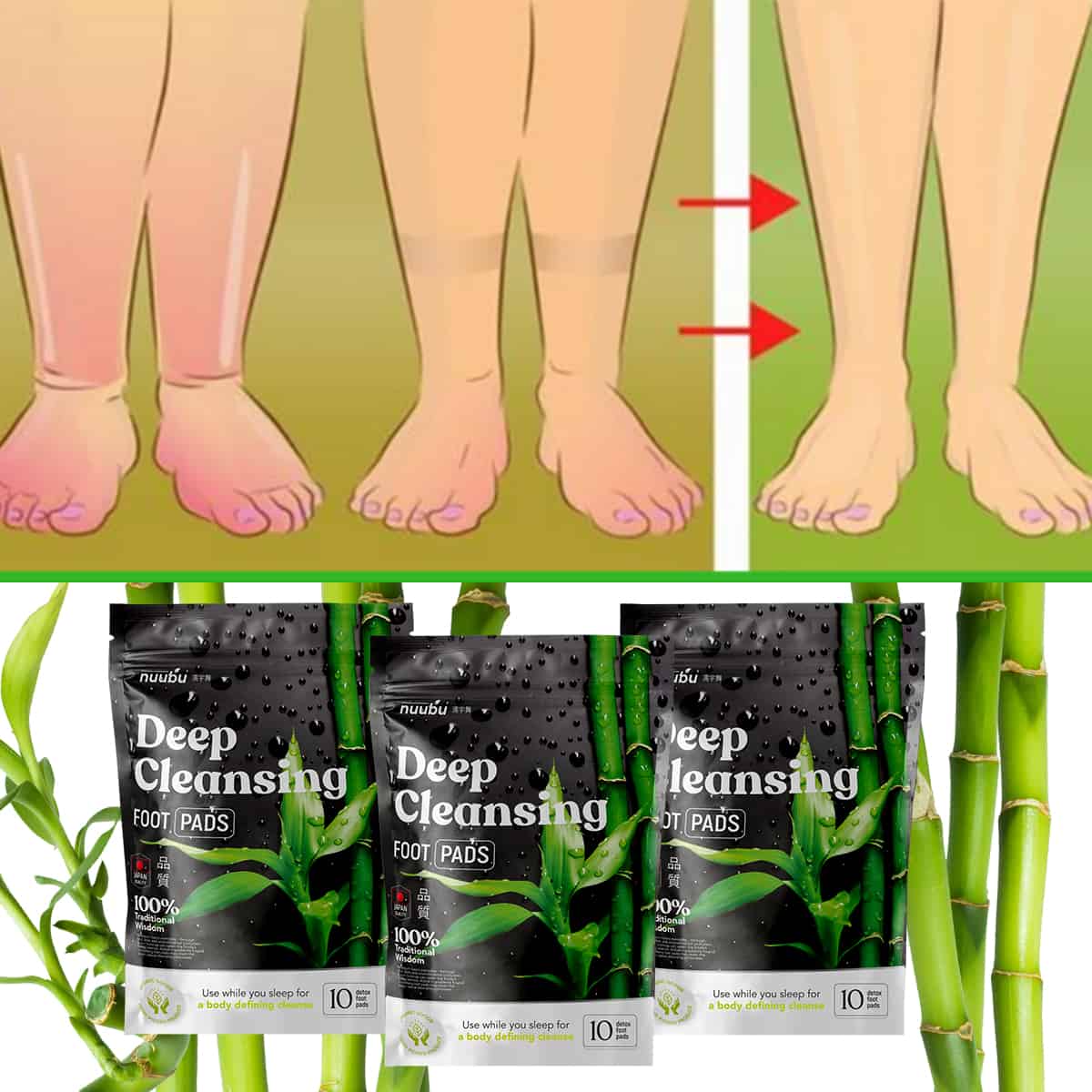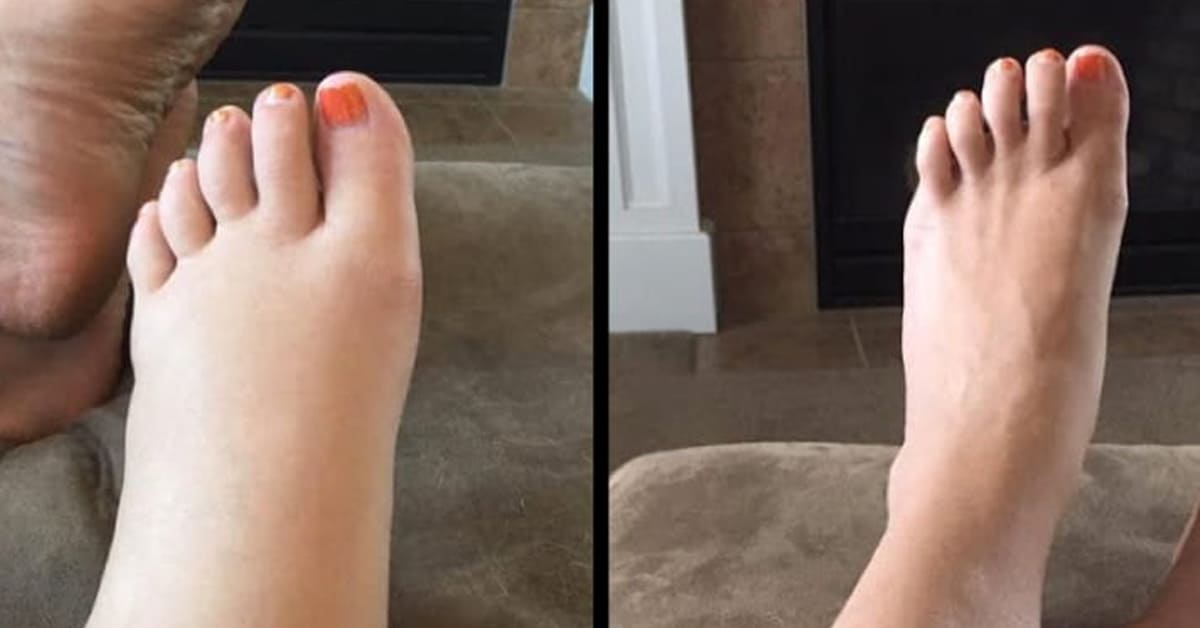That sinking feeling after a painful ankle sprain when you realize the swelling just won’t go down and your active life is on hold? We’ve all been there.
A sprained ankle isn’t an uncommon injury! Some surveys reveals that patients with ankle sprains are frequent visitors to emergency departments, accounting for nearly half of all athletic injuries. But how long does a sprained ankle stay swollen?
The duration of swelling on the ankle depends on the reason and severity of your sprain. There are effective ways to manage and reduce ankle pain and swelling so you can get back on track. This guide dives into the healing timeline after an ankle injury and equips you with tips to manage the ankle sprain effectively.

What Is an Ankle Sprain?
A sprained ankle means that the ligaments around the joint, especially those on the outer side of the ankle, have stretched or torn. The severity of the ankle sprain varies, from mild discomfort to severe pain, depending on how badly the ligaments are injured. Symptoms include pain, swelling, bruising, and difficulty putting weight on the injured ankle. Ankle injuries are graded based on their severity:
- Grade 1 ankle sprain involves slight stretching or tearing
- Grade 2 ankle sprain is more severe with partial tearing
- Grade 3 ankle sprain is a complete tear.
When you sprain your ankle, your body’s natural response kicks in, causing inflammation to protect and repair the damaged tissue, leading to swelling, pain, and stiffness in the affected ankle. Treatment for an ankle sprain ranges from rest and ice for mild injuries to possible surgery for severe ones.
What Factors Influence Swelling Duration?
Swelling duration in ankle sprain can range from a few days to several weeks. It varies based on several factors, including the grade of the ankle sprain and individual responses to injury. Grade 1 ankle sprain usually involves minimal swelling that subsides quickly, whereas grade 3 ankle sprain results in extensive swelling that persists until proper medical attention and treatment are provided.
While most ankle sprains eventually mend, the journey varies greatly. Age plays a role, with swollen ankles in the elderly healing slower due to decreased tissue regeneration. Even within age groups, factors like overall health and activity level influence how long does it takes to recover from an ankle injury.
Seasons can also impact healing – swollen ankles in summer might see faster reduction thanks to better circulation from warm weather. Prolonged swelling can hinder the healing process and should prompt timely medical evaluation and treatment.
Swelling Timeline After a Sprained Ankle
Immediately after the injury, expect intense swelling as your body rushes fluids to the area to protect and start healing. This is the acute phase, peaking within the first 48 hours. Don’t be surprised if your ankle feels like a puffy balloon!
Things start to ease up after that as the ankle injury enters the sub-acute phase, where swelling gradually subsides over the next week or two. You might still feel some tightness in the ankle, but the visible puffiness should decrease significantly.
Remember, everyone heals at their own pace. If your ankles feel tight but not swollen after a few days, it could be part of the normal healing process. However, if the swelling in the ankle persists excessively, pain worsens, or you experience other concerning symptoms, consult your doctor to rule out any complications.
Apply Detox Foot Pads to Relieve Swollen Ankle

Detox foot pads offer a unique approach to addressing sprained ankle swelling. As the adhesive patches stay attached to the soles through the night, their natural, healing ingredients help reduce pain, inflammation, and swelling. They work by drawing out toxins and excess fluid from the body through the skin, promoting detoxification and aiding in the healing process.
We highly recommend using Nuubu detox pads, as they are packed with natural ingredients like ginger, chameleon plant, tourmaline, and loquat leaves, known for their anti-inflammatory properties.
With regular use, Nuubu detox pads, the top recommended ones from our detox foot patches list, can help alleviate swelling associated with ankle sprain, providing a convenient and natural solution for discomfort and promoting overall wellness.

Potential Pain & Complications
While swelling is a normal part of the healing process after an ankle sprain injury, sometimes it’s a sign of something more serious. If your sprained ankle remains swollen for weeks, worsens instead of subsiding, or is accompanied by severe pain, redness, or fever, don’t wait. These symptoms could indicate severe injuries, such as ligament tears, fractures, joint issues, or even blood clots, especially if you experienced significant trauma to the ankle.
Additionally, be mindful of swollen ankles after flying. While it can be common due to reduced mobility and pressure changes, persistent swelling in the ankle could signal a deeper issue like deep vein thrombosis (DVT), which is treated with anticoagulation medicine.
Remember, early diagnosis and treatment are crucial to prevent complications. If concerned, don’t hesitate to seek medical attention. Your doctor can properly assess the situation, rule out serious issues or injuries, and recommend the best course of action for a speedy and healthy recovery of your ankle.
When to Seek Professional Help
Don’t wait until swollen ankles become a constant companion; take action promptly for optimal recovery. Some swelling
after the sprain is normal, but a doctor’s visit is necessary if you are facing the following symptoms, to rule out serious conditions like DVT:
- prolonged or worsening puffiness
- pain persists or escalates rather than diminishing
- redness, fever, or any deformity
- persistent swelling after air travel
Ignoring these signals can lead to complications, so prioritize your health. Timely consultation with healthcare professionals ensures accurate diagnosis and helps treat any underlying cause of the ankle swelling right away.

When Might My Ankle Need a Surgery?
Some common reasons why ankle surgery might be recommended:
Fractures:
If your ankle bones are badly broken, displaced, or involve multiple bones, surgery might be necessary to realign and stabilize them for proper healing. In some cases, fractures may not heal well with non-surgical methods, leading to chronic pain, instability, or deformity.
Ligament damage:
If your ankle ligaments are completely torn, especially multiple ligaments, surgery might be needed to repair them and restore joint stability. Or, if you experience repeated ankle injuries due to ligament laxity, surgery might be an option to tighten the ligaments and prevent future injuries.
Other conditions:
In severe cases of ankle arthritis causing significant pain and limited mobility, surgery like joint replacement might be considered. Osteochondral lesions can be another reason for surgery. These are damaged cartilage and bone fragments in the ankle joint, which might require surgery for removal or repair.
At a Glance: How Long Does a Sprained Ankle Stay Swollen?
The duration of swelling in a sprained ankle varies based on factors such as the severity of the sprain, individual healing processes, and post-injury care. Mild to moderate ankle sprains typically experience swelling that subsides within 48 hours, while severe ankle sprains may result in prolonged swelling lasting several weeks.
While recovery varies, most sprained ankle swelling eases within 7-10 days with proper care like RICE (Rest, Ice, Compression, Elevation). However, stubborn ankle swelling lasting 2 weeks or more warrants a doctor’s visit.
Watch for increased pain, bruising on the ankle, instability, or fever, as these could indicate injury complications or underlying conditions. Remember, early diagnosis and treatment speed up healing and minimize discomfort. Your doctor might prescribe advanced treatment options like surgery to treat the deformity or instability in your ankle joint. So, don’t hesitate to seek professional help if ankle swelling persists and the pain does not subside eventually.



